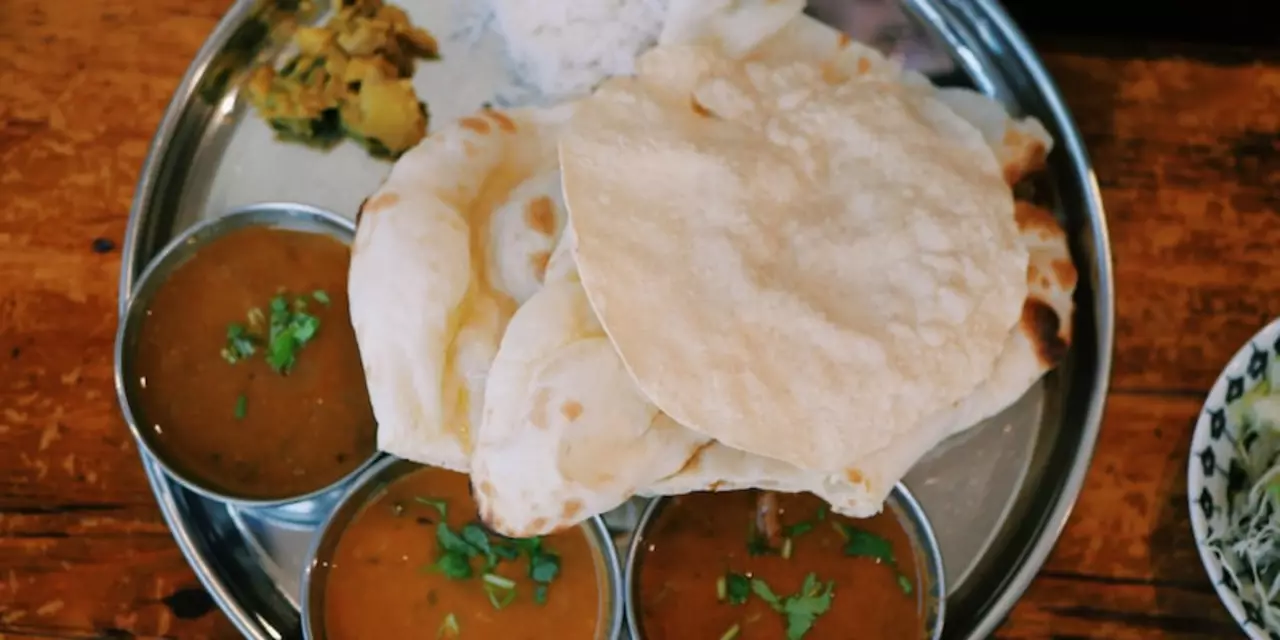Flavors: Discover the Tastes Shaping India’s Food Scene
India is a land of spices, sauces and surprising combos. Whether you love the heat of red chilli or the sweet scent of cardamom, flavors are what make each dish memorable. This page gathers the best insights from our blogs so you can taste, try and talk about the most exciting flavors today.
Regional flavors that define India
From the coconut‑rich curries of Kerala to the smoky kebabs of Delhi, every state has its own flavor fingerprint. In the south, tamarind and curry leaves dominate, while the west favors peanuts and kokum. The north leans on dairy, ghee and rich gravies. Knowing these basics lets you predict what a new dish might taste like before the first bite.
Our bloggers often share hidden gems like the Mangalorean “Ammakai” concept that blends seafood with a tangy mustard seed paste. That mix of peppery and sour is a perfect example of how coastal regions turn local produce into unforgettable flavor profiles.
Modern twists and trending tastes
Today, Indian chefs are mixing classic spices with global influences. Think pistachio‑infused biryani, beetroot‑colored chutney, or mango‑chili ice cream. These trends start on social media, then pop up in restaurants and home kitchens. Keeping an eye on the latest blog posts helps you catch the next big flavor before it becomes mainstream.
One popular trend is the use of fermented ingredients like gongura or idli batter to add depth. Fermentation brings umami and a subtle sour note that can lift a simple dal or a vegetable stir‑fry. Try adding a spoonful of fermented mango pickle to a quinoa bowl for a quick flavor boost.
If you want to experiment, start with a base spice blend you already love. Add a new element—maybe a pinch of smoked paprika or a splash of rose water—and taste as you go. The key is to keep it simple and adjust gradually.
Another tip is to pair flavors with textures. Crunchy papads, creamy yoghurt, or flaky puris can change how a spice hits your palate. A smooth sauce paired with a crispy garnish often feels more exciting than either alone.
For those who prefer low‑spice options, sweet and sour combos are gaining ground. Tamarind‑date chutney, for instance, offers a gentle tang without overwhelming heat. It works great with grilled paneer or roasted vegetables.
When you’re ready to bring these ideas home, plan a “flavor night.” Choose one regional theme, gather the key spices, and cook two dishes that showcase contrasting tastes—one hot, one sweet. Invite friends to guess the ingredients; it’s a fun way to learn.
Remember, flavor is personal. What excites your taste buds might be ordinary for someone else. Use our blog tags to explore more stories, recipes, and reviews. The more you read, the better you’ll understand how to mix, match and create flavors that feel just right for you.
Indian food is a cuisine that is quickly gaining popularity around the world. It is known for its variety of flavors, spices, and ingredients. Indian cuisine is also known for its health benefits such as being low in fat and cholesterol, high in fiber, and rich in antioxidants. Indian dishes often incorporate traditional techniques such as slow cooking and fermenting, which can add to the nutritional value of the food. In addition to its health benefits, Indian food is also praised for its unique and delicious flavors. With its vast variety of dishes, there is something for everyone to enjoy.
